Birds, with their vibrant plumage and melodious songs, are a ubiquitous sight in our natural landscapes. These feathered creatures are known for their diverse diets, often including a substantial portion of insects.
Remarkably, despite their frequent consumption of insects, birds don’t seem to suffer from the onslaught of diseases that could potentially arise from ingesting such varied and potentially pathogen-laden prey.
This intriguing phenomenon prompts a fundamental question: why don’t birds get diseases from eating bugs all the time?
To understand this, we must delve into the intricate interplay between avian immune systems, ecological adaptations, and the mechanisms that allow birds to maintain a delicate balance between nourishment and health while feasting on their insect-rich diets.
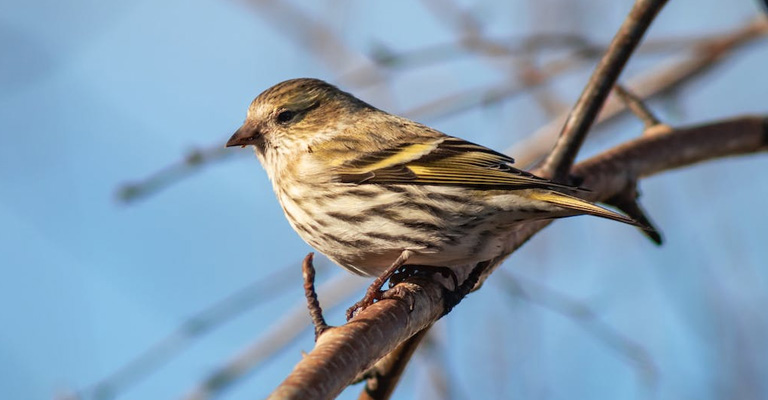
Why Don’t Birds Get Diseases From Eating Bugs All The Time?
Birds are amazing creatures that can eat a lot of bugs without getting sick. They have evolved various adaptations to protect themselves from the diseases that insects may carry.
Here are the reasons why birds don’t get diseases from eating bugs all the time:
Strong Immune System
Birds have a complex and sophisticated immune system that can recognize and fight off many pathogens and parasites.
They have both innate and adaptive immunity, which means they can respond to both general and specific threats.
They also have specialized immune cells and organs, such as B cells, T cells, macrophages, natural killer cells, thymus, spleen, and bursa of Fabricius.
High Body Temperature
Birds have a higher body temperature than most mammals, ranging from 38 to 44 °C (100 to 111 °F).
This helps them to kill or inhibit the growth of many bacteria and viruses that cannot survive at such high temperatures. It also increases their metabolic rate and energy production, which enhances their immune response.
Fast Digestion
Birds have a short and efficient digestive tract that can process food quickly and eliminate waste.
This reduces the exposure time and contact area of the food with the intestinal wall, which limits the absorption and invasion of pathogens and toxins.
It also prevents the accumulation and fermentation of food in the gut, which reduces the risk of infection and inflammation.
Crop
Birds have a pouch-like organ called the crop, which is located at the base of the oesophagus.
The crop serves as a storage place for food before it enters the stomach. The crop can secrete enzymes and antibodies that can break down or neutralize some of the harmful substances in the food.
The crop can also regulate the amount and timing of food delivery to the stomach, which optimizes digestion and absorption.
Gizzard
Birds have a muscular organ called the gizzard, which is located between the stomach and the small intestine.
The gizzard serves as a grinding machine for food, especially hard or fibrous materials such as insect exoskeletons. The gizzard can crush or shred the food into small pieces, which exposes more surface area for digestion and absorption.
The gizzard can also physically damage or destroy some of the pathogens or parasites in the food.
Caecum
Birds have a blind-ended pouch called the caecum, which is located at the junction of the small and large intestines.
The caecum serves as a fermentation chamber for food, especially plant materials such as seeds or fruits.
The caecum contains beneficial bacteria that can digest some of the complex carbohydrates in the food and produce vitamins and fatty acids.
The caecum can also help to detoxify some of the harmful substances in the food by binding or degrading them.
Cloaca
Birds have a common opening called the cloaca, which is located at the end of the digestive tract.
The cloaca serves as an exit for faeces, urine, and reproductive products. The cloaca can prevent cross-contamination between these different substances by having separate compartments and sphincters.
The cloaca can also secrete mucus and antimicrobial substances that can protect against infection and irritation.
Preening Glands
Birds have glands near their tail feathers called preening glands or uropygial glands. These glands secrete an oily substance that birds spread over their feathers during preening.
This substance helps to keep their feathers clean, waterproof, and flexible. It also contains antibacterial, antifungal, antiparasitic, and insect-repellent compounds that can protect against external pathogens and parasites.
Behavioural Adaptations
Birds have various behavioural adaptations that can help them avoid or reduce the risk of diseases from eating bugs.
These include choosing healthy or safe food sources, avoiding contaminated or spoiled food, washing or peeling off some parts of the food, spitting out or regurgitating indigestible or harmful materials,
grooming or scratching themselves to remove parasites or dirt, bathing or dusting themselves to clean their feathers or skin, sunbathing or shivering to regulate their body temperature or kill pathogens, and seeking shelter or resting when sick or injured.
These are some of the reasons why birds don’t get diseases from eating bugs all the time.
Which Bird Prefers To Eat Bugs?
Many birds prefer to eat bugs, as they are a rich source of protein and other nutrients. Bugs are also abundant and diverse, offering a variety of food choices for different bird species.
Here are some examples of birds that prefer to eat bugs:
Woodpeckers
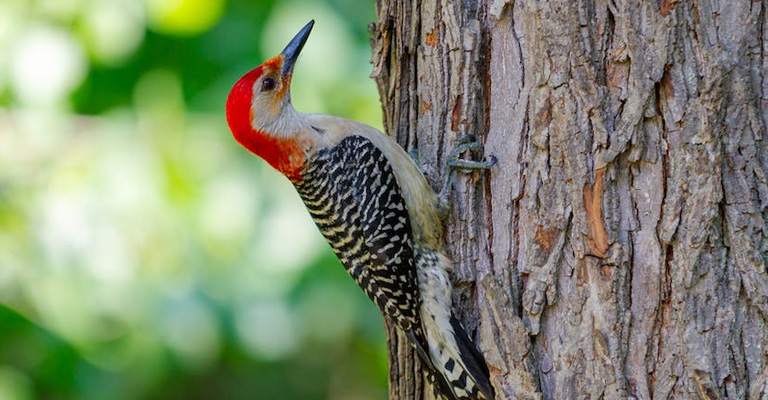
These are birds that have strong bills and long tongues that can drill into wood and extract insects, such as ants, beetles, and moth larvae.
Woodpeckers also eat seeds, nuts, fruits, and sap, but insects make up a large part of their diet.
Nighthawks
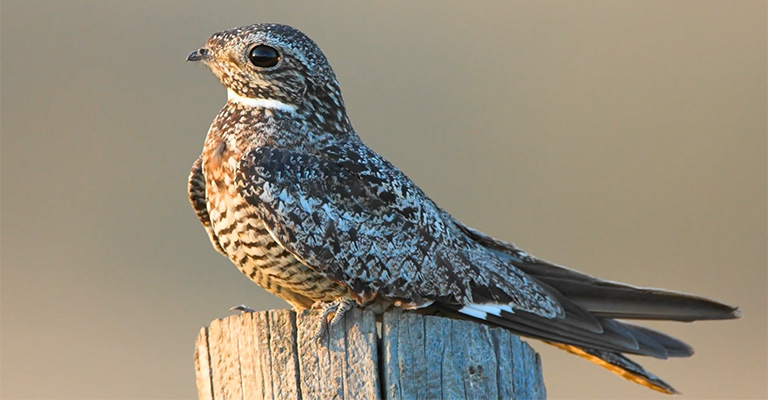
These are nocturnal birds that fly at dusk and dawn, catching mosquitoes, midges, flies, and other airborne insects with their wide mouths.
Nighthawks also eat seeds and fruits occasionally, but insects are their main food source.
Sparrows
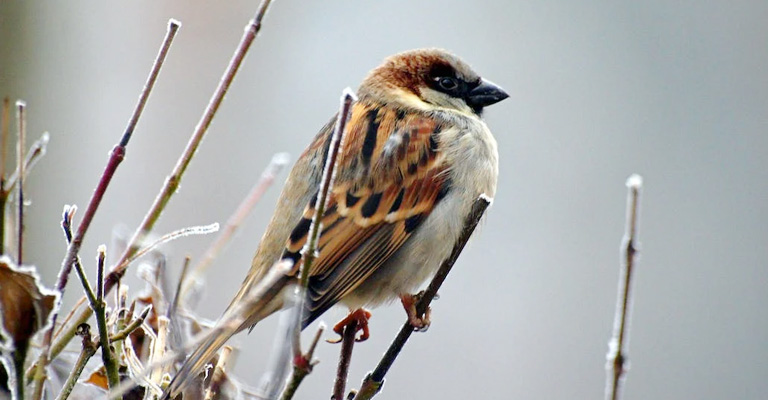
These are small, seed-eating birds that have a variable diet depending on the season and the availability of food.
During the breeding season, sparrows feed heavily on grasshoppers, crickets, caterpillars, and other insects to provide protein for their young. Sparrows also eat grains, weeds, berries, and suet.
Warblers
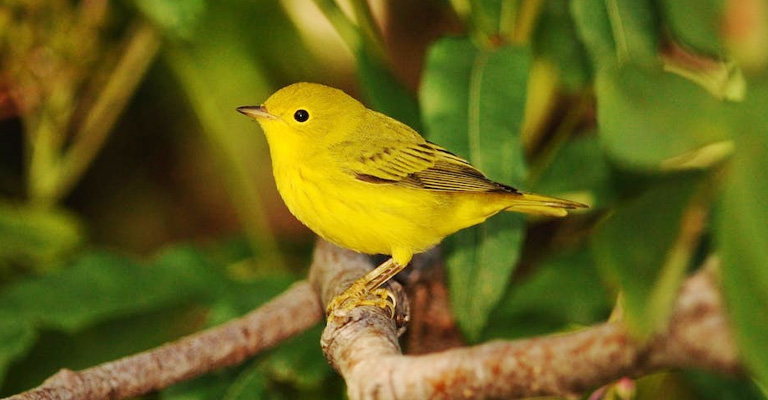
These are colourful songbirds that generally feed on small insects, such as aphids, gnats, flies, and caterpillars.
Warblers also eat spiders, snails, worms, and occasionally seeds and fruits. Warblers are active foragers that search for insects in foliage, branches, bark, or on the ground.
Orioles
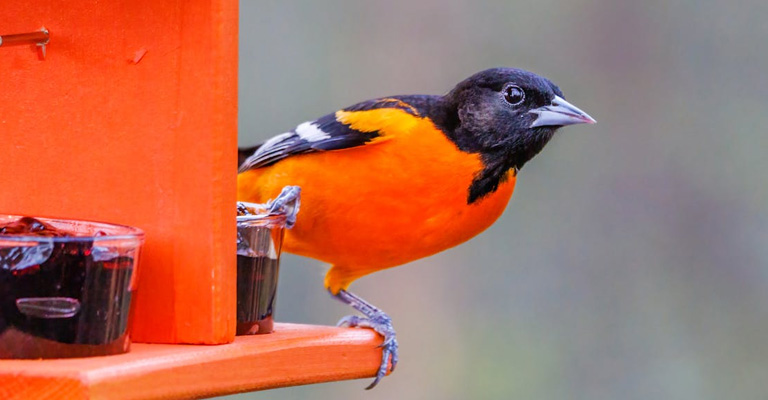
These are bright orange and black birds that have a sweet tooth for fruit and nectar. However, they also eat a lot of insects, especially during the breeding season.
Orioles feed on beetles, caterpillars, ants, wasps, grasshoppers, and other bugs. They also eat spiders, worms, snails, and occasionally small vertebrates.
Bluebirds
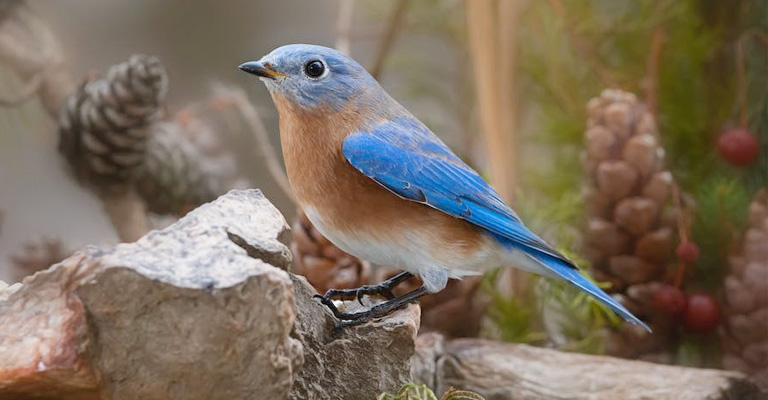
These are thrushes that have blue plumage and a cheerful song. They are mostly insectivorous, eating crickets, grasshoppers, beetles, moths, caterpillars, and other insects.
Bluebirds also eat small fruits and berries, especially in the winter when insects are scarce.
FAQ
Yes, birds can potentially contract diseases from insects, but their immune systems and various adaptations help minimize this risk.
Birds possess robust immune systems that recognize and combat pathogens. Additionally, some birds have antibodies that neutralize harmful microorganisms.
Birds exhibit self-cleaning behaviours, such as preening, which removes parasites and potential disease agents from their feathers.
Birds have rapid digestive processes that limit the time pathogens spend in their bodies. Acidic stomachs help destroy microbes, reducing the chance of infection.
Different bird species vary in their susceptibility to diseases, depending on factors like their immune system strength, habitat, and overall health. Some species have evolved greater resistance over time.
Conclusion
The ability of birds to thrive on insect diets without succumbing to constant diseases showcases the intricate balance of nature’s adaptations.
Through intricate immune systems, behavioural adjustments, and biological safeguards, birds have evolved mechanisms to minimize disease transmission while capitalizing on the nutritional benefits of insects.
From preening behaviours that mitigate pathogens to rapid digestive processes that limit microbial exposure, birds have honed their survival strategies over aeons of evolution.
The delicate dance between dietary choices and immunological defences illustrates the awe-inspiring complexity of the natural world, where organisms coexist with a remarkable equilibrium that ensures both their nourishment and well-being.